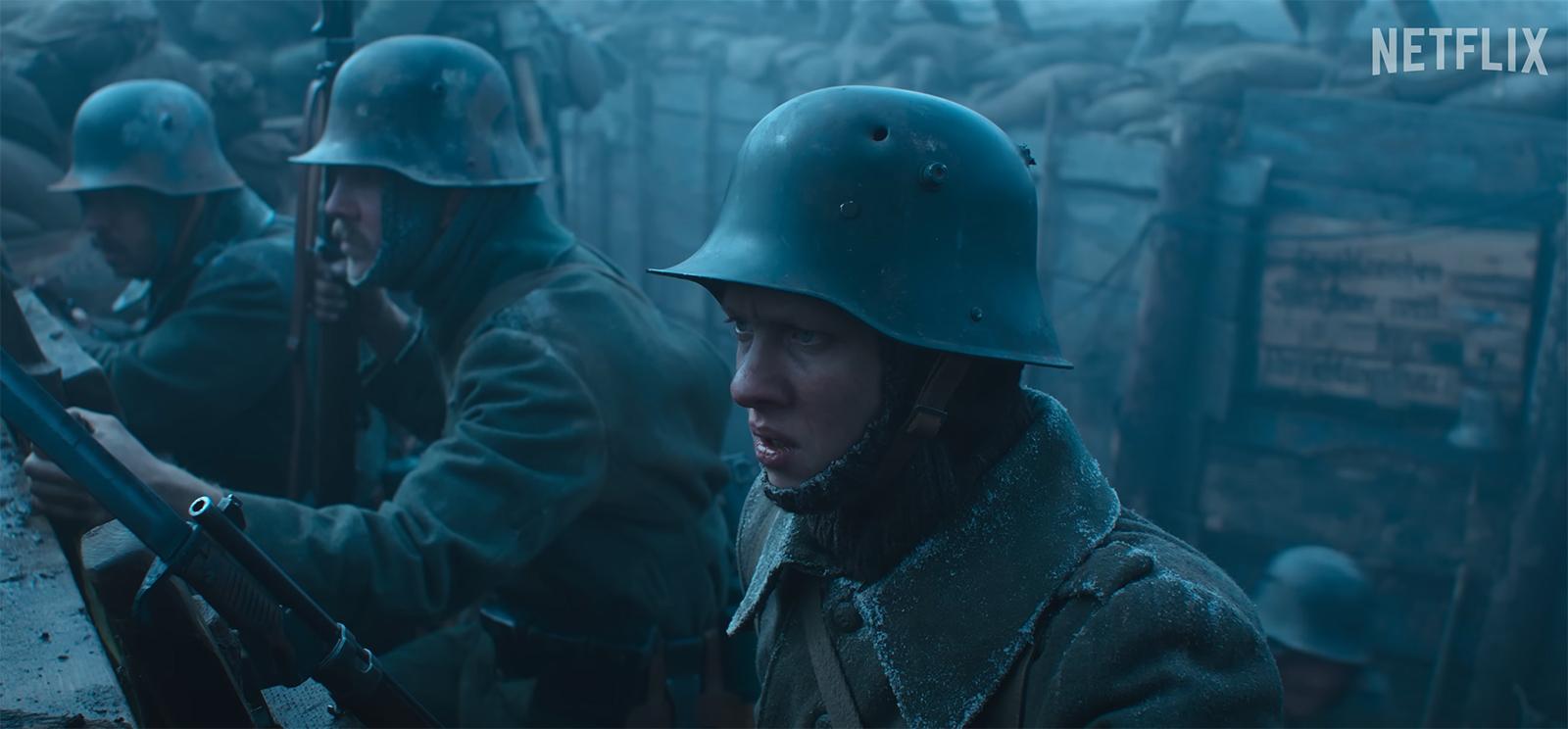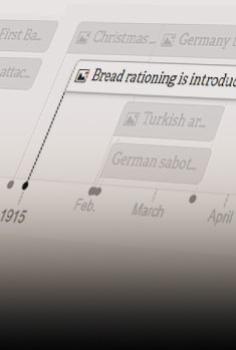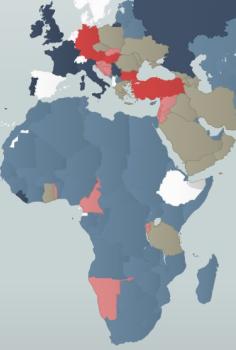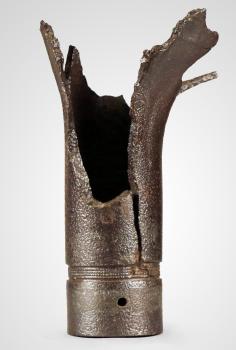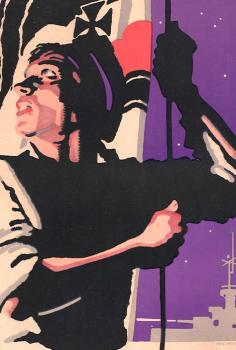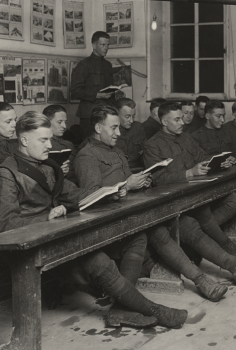1. Gas mask
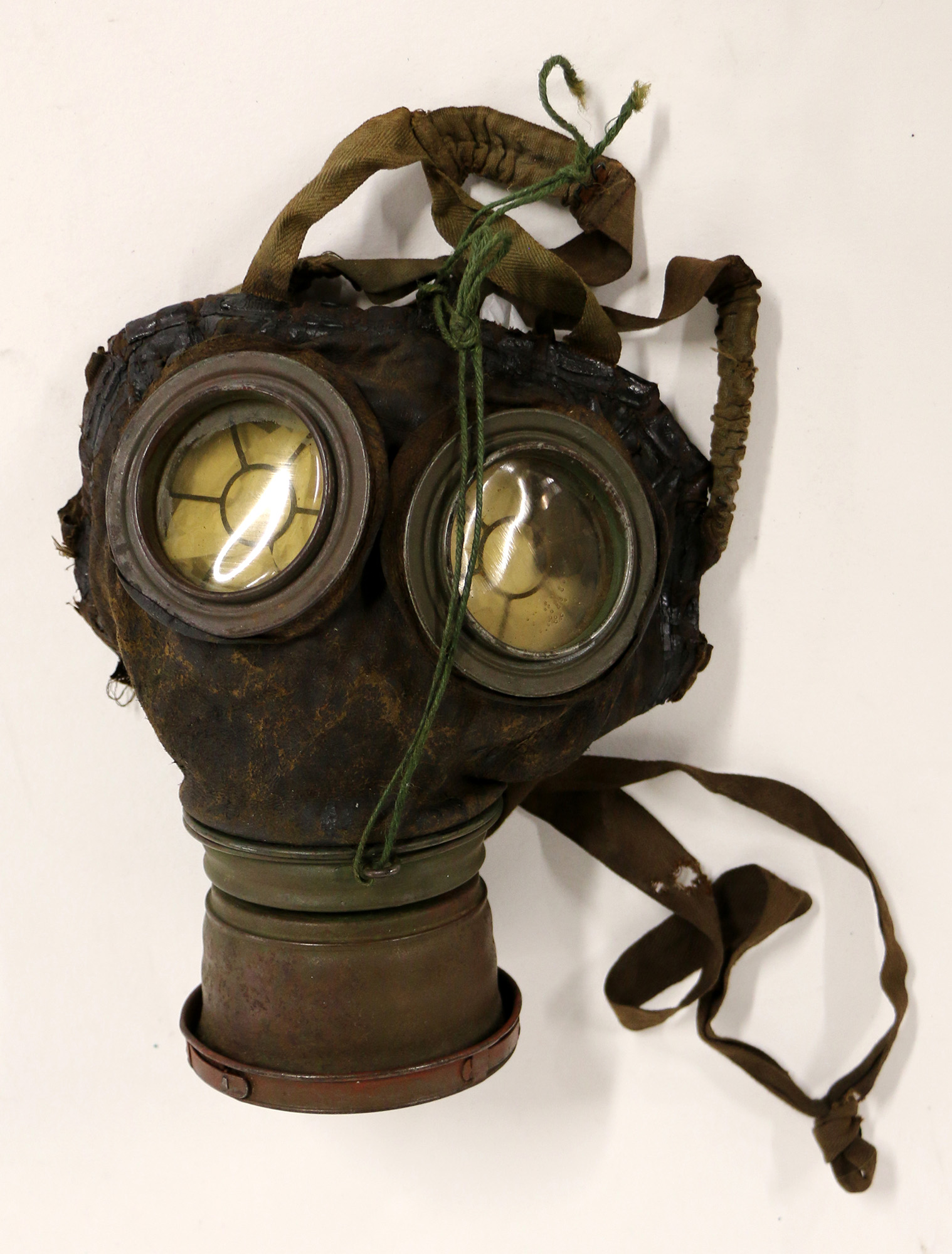
“Bombardment, barrage, curtain-fire, mines, gas, tanks, machine-guns, hand-grenades – words, words, but they hold the horror of the world.”
— Erich Maria Remarque, All Quiet on the Western Front
This mask is oiled leather pattern with screw-on filter and filter cap (chemicals removed from filter). The eyepieces on the one in the Museum’s collection are clear and intact, unlike many which have been damaged through wear and age. Paul Bäumer and his comrades in the movie endure heavy shelling followed by a mustard gas attack, using a mask like this one for protection.
Learn more about the first usage of poison gas in WWI
Learn more about chemical warfare from the American perspective with author Theo Emery's lecture from earlier this year
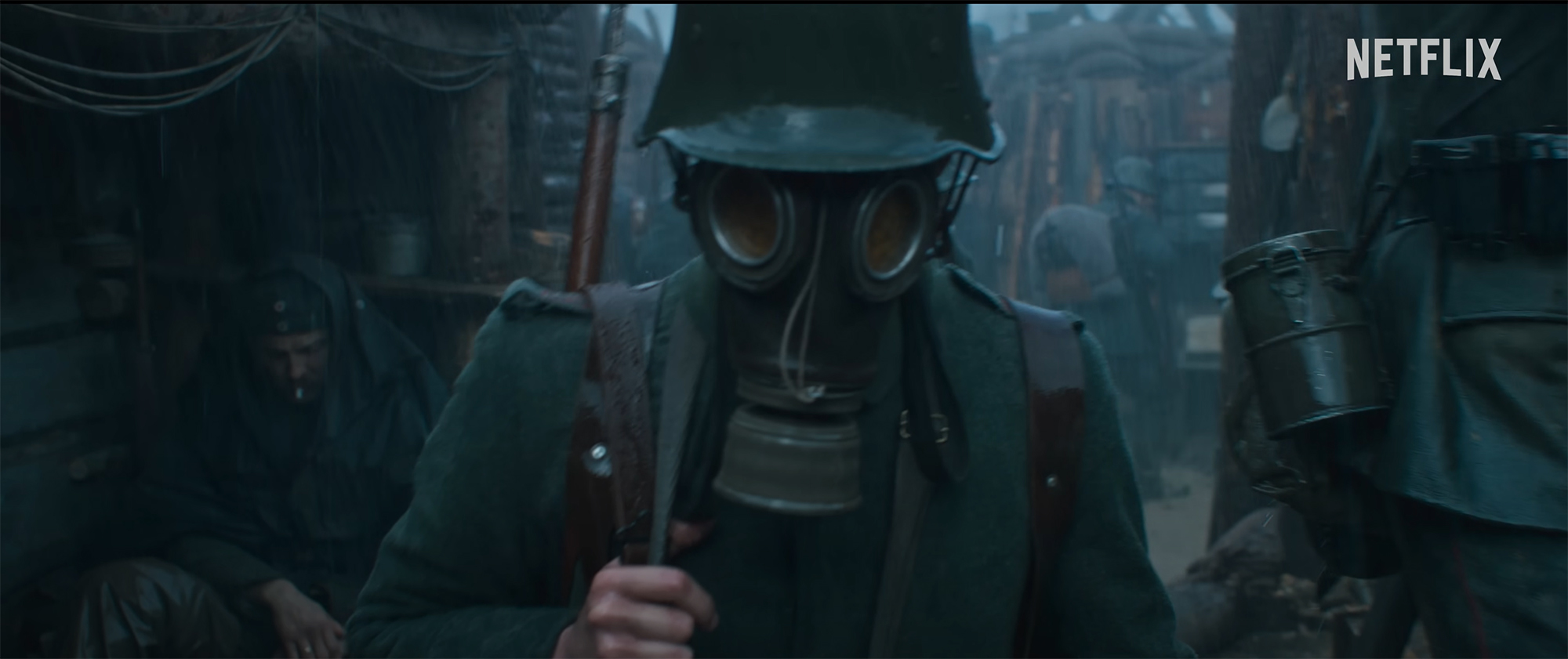
2. Helmet
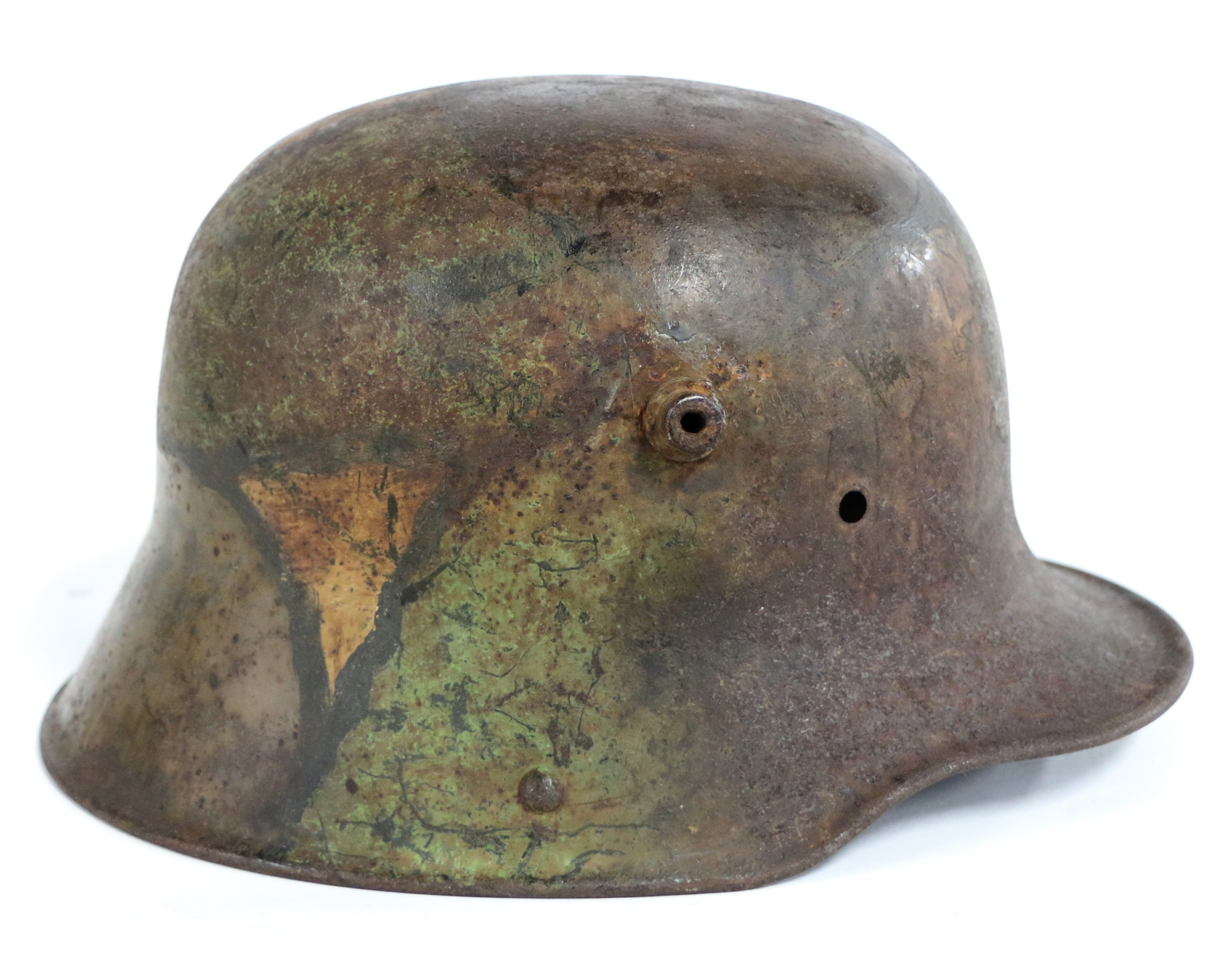
“At school nobody ever taught us how to light a cigarette in a storm of rain, nor how a fire could be made with wet wood – nor that it is best to stick a bayonet in the belly because there it doesn't get jammed, as it does in the ribs.”
— Erich Maria Remarque, All Quiet on the Western Front
This helmet (known in German as a Stalhelm) is made of steel – this one is a Model 1916. At the beginning of the war, the common German infantryman still retained equipment and traditions from decades before. As the war progressed, many innovative changes occurred in the German infantryman’s equipment and uniform. Steel helmets replaced leather. Body armor, trench clubs, hand grenades, knives for close combat, and even submachine guns were used on the battlefield.
Learn about life for German soldiers in our 2010 exhibition, Man and Machine
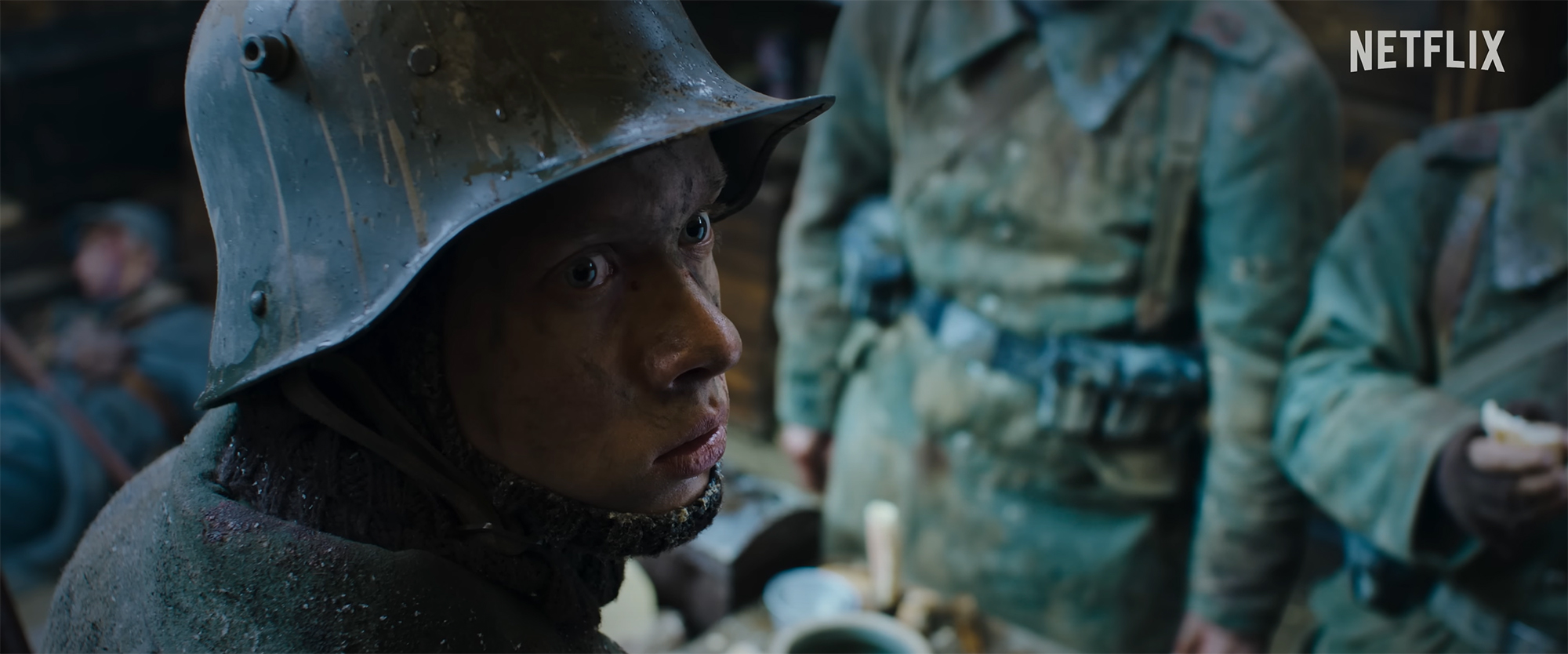
3. Trench photograph
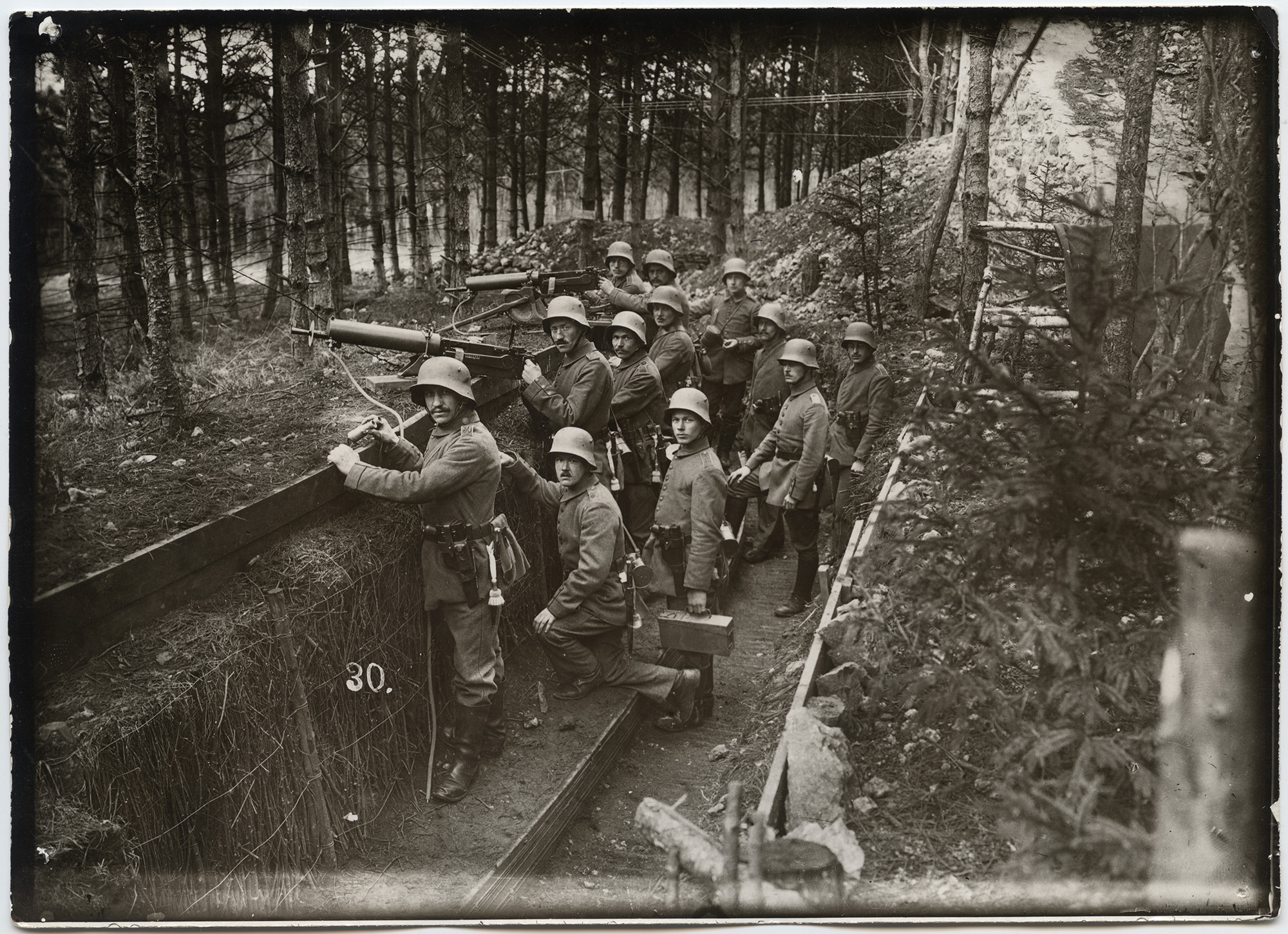
“The war has ruined us for everything.”
— Erich Maria Remarque, All Quiet on the Western Front
Look closely at this German trench, occupied by soldiers with German MG08 machine guns. Although conditions varied, trenches were often muddy and infested with rats and bugs, keeping soldiers from sleep – and from shelter. Even a brief time in the trenches could leave men weary. Paul and his fellow soldiers spend time waiting in the trenches – waiting for food, waiting for the fight, and as time goes on, waiting to die.
Experience trench warfare in this immersive online exhibition
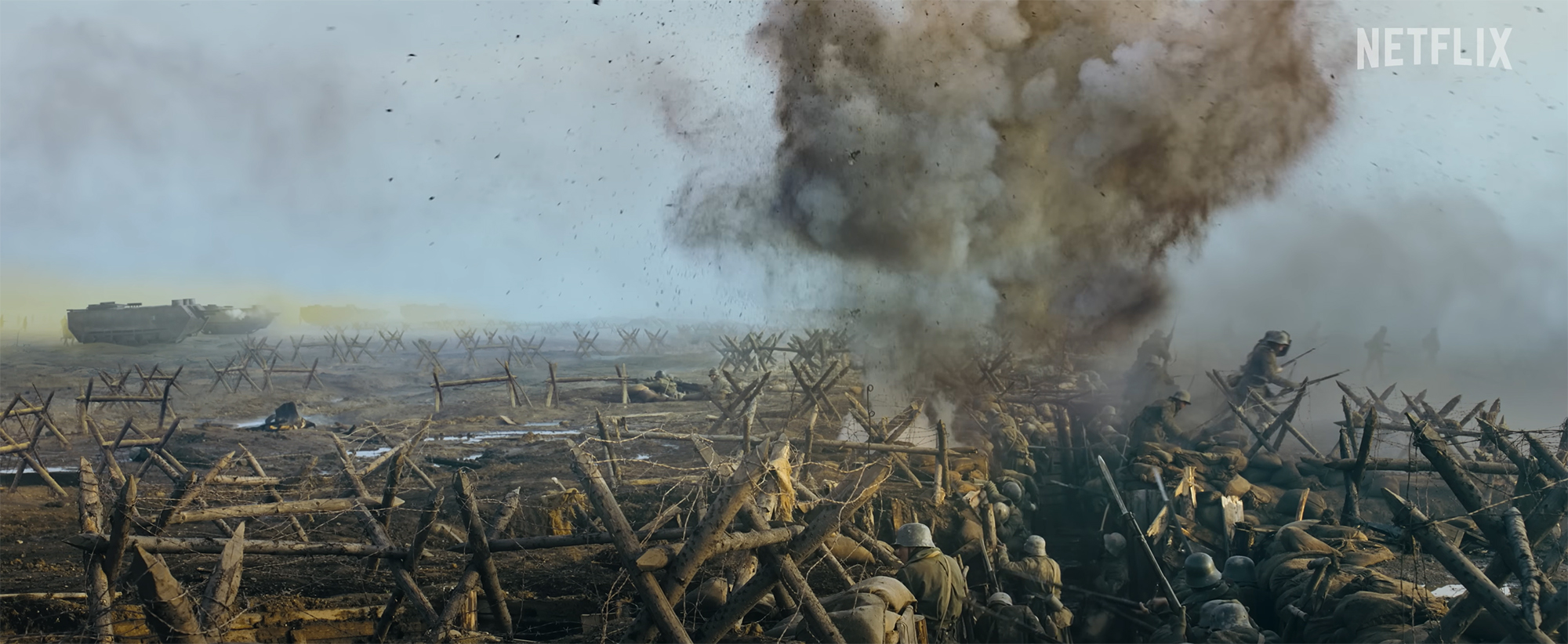
4. Uniform tunic
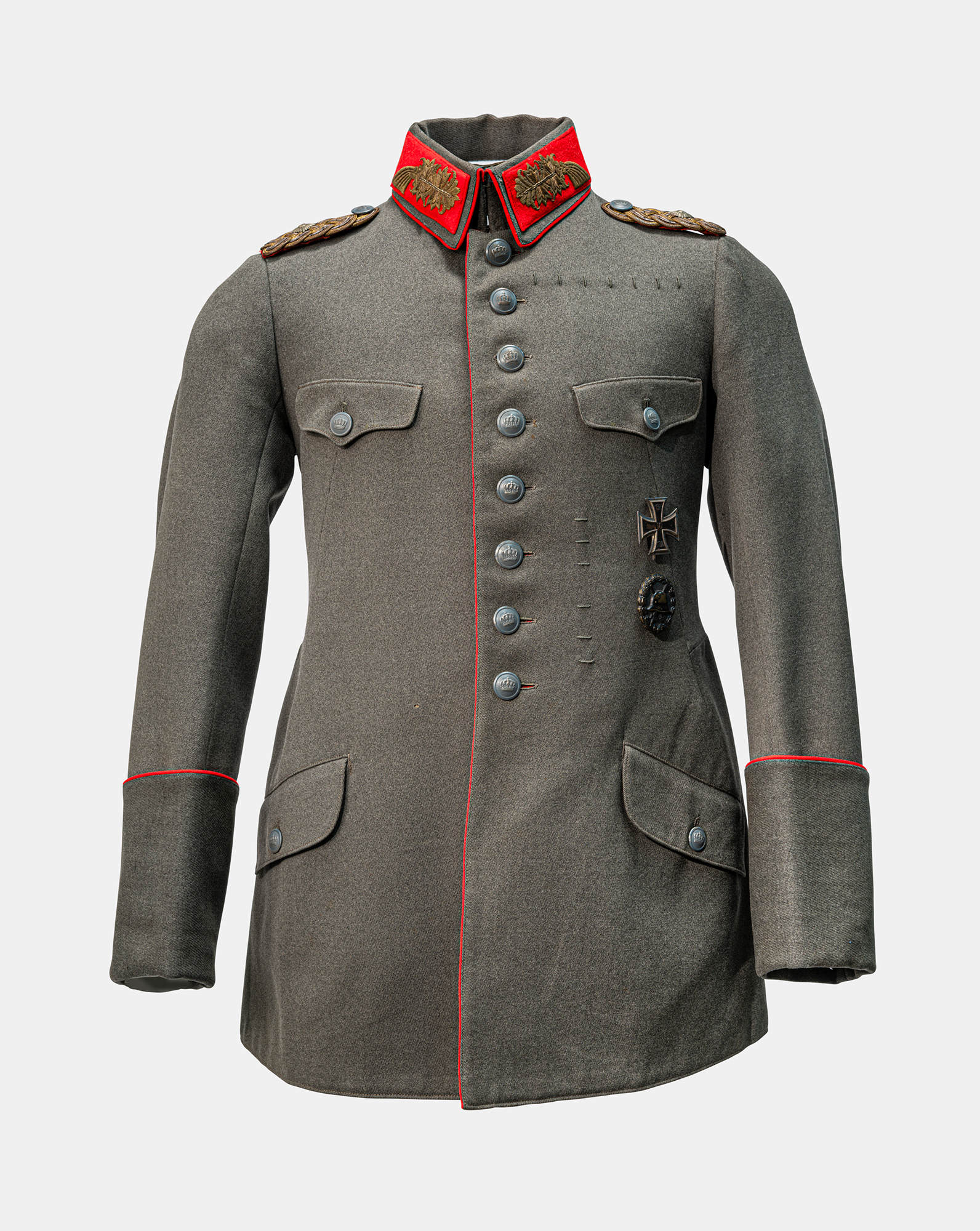
“If you give a man a little bit of authority he behaves just the same way, he snaps at it too...the army is based on that; one man must always have power over the other.”
— Erich Maria Remarque, All Quiet on the Western Front
This is a field tunic identified on an interior tag to Lieutenant General Theodor Teetzmann (M1910 for General der Infantrie). It has field shoulder pieces for a Lieutenant General. The thread ribbons for medals are numerous, but the only medals present are the Iron Cross 1st Class and the wound badge. In the book, when Paul is home on leave, he is reprimanded for not saluting an officer he passes in the street – an absurd gesture after experiencing the horrors of the front lines.
See more uniforms on view now in our main galleries. Plan your visit
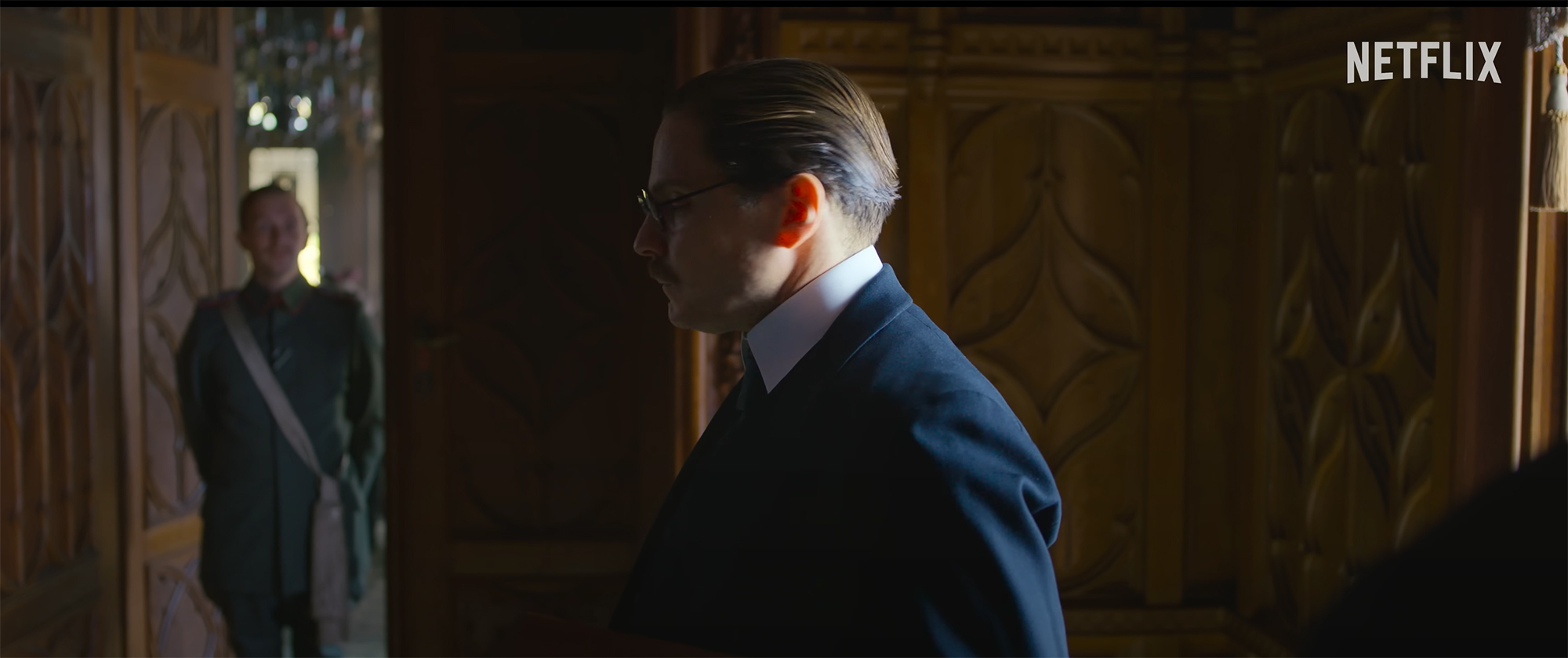
5. Propaganda poster
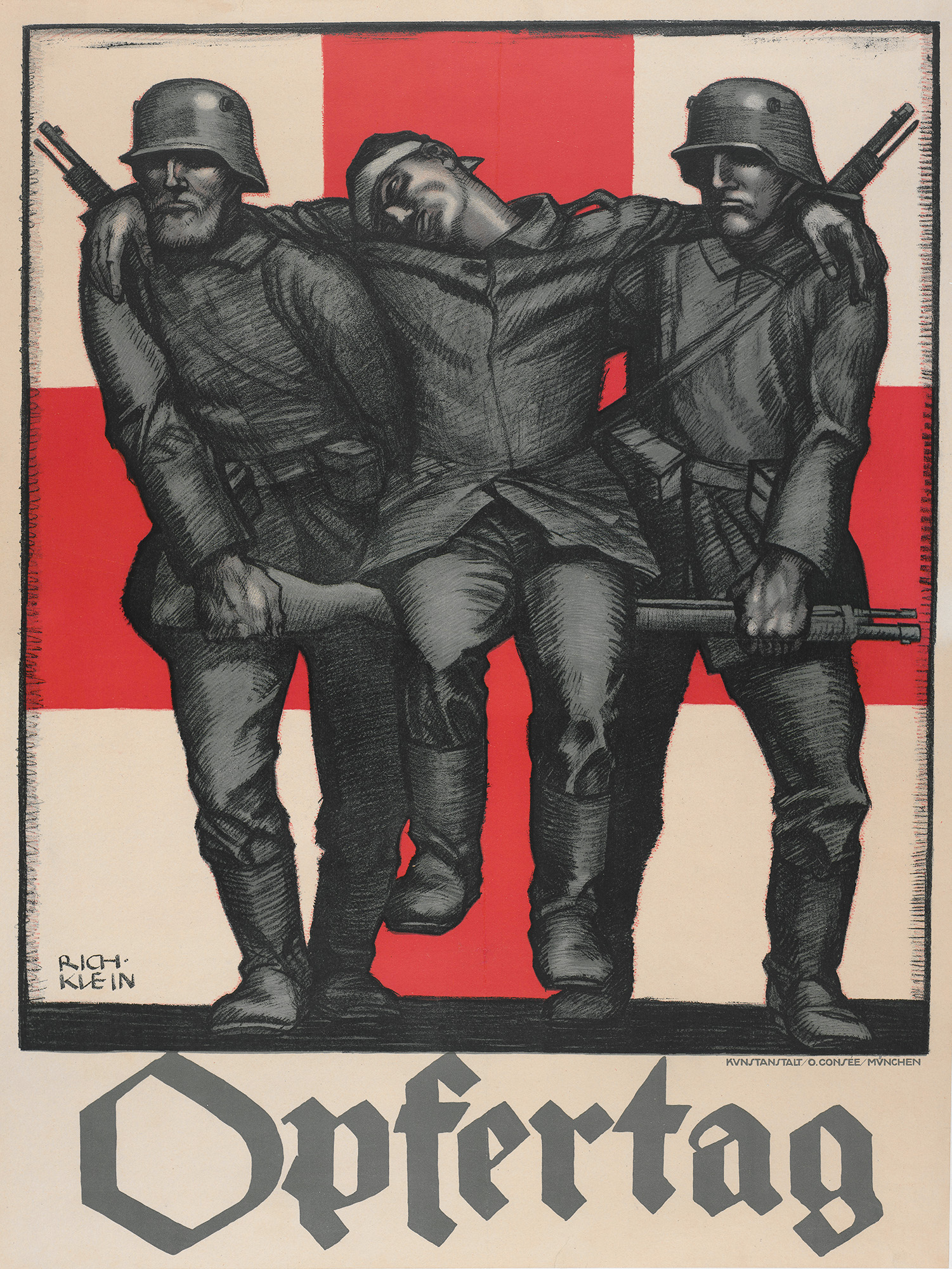
“It's all rot that they put in the war-news about the good humour of the troops, how they are arranging dances almost before they are out of the front-line. We don't act like that because we are in a good humour: we are in a good humour because otherwise we should go to pieces.”
— Erich Maria Remarque, All Quiet on the Western Front
This poster is by artist Rich Klein and titled, “Offering Day 1918 - Red Cross.” In World War I, the poster, previously the successful medium of commercial advertising, was recognized as a means of spreading national propaganda with near unlimited possibilities. Its value was increasingly appreciated; the poster could impress an idea quickly, vividly and lastingly. Paul starts his journey as a soldier buoyed by the promise of adventure and glory for his country – and grows increasingly disillusioned with war as his comrades become casualties of the conflict.
Learn more about visual persuasion and propaganda posters in this digital exhibition
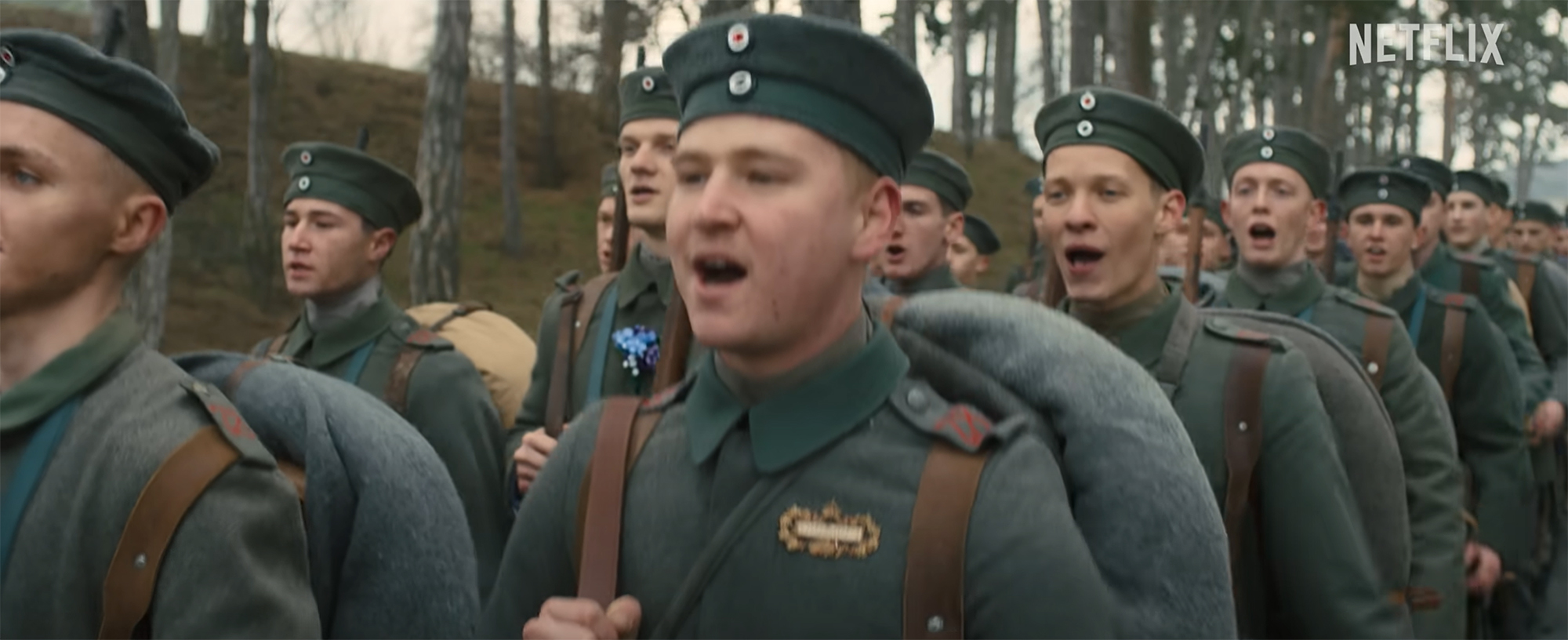
This project was made possible in part by the Institute of Museum and Library Services ARPML-250549-OMLS-22
